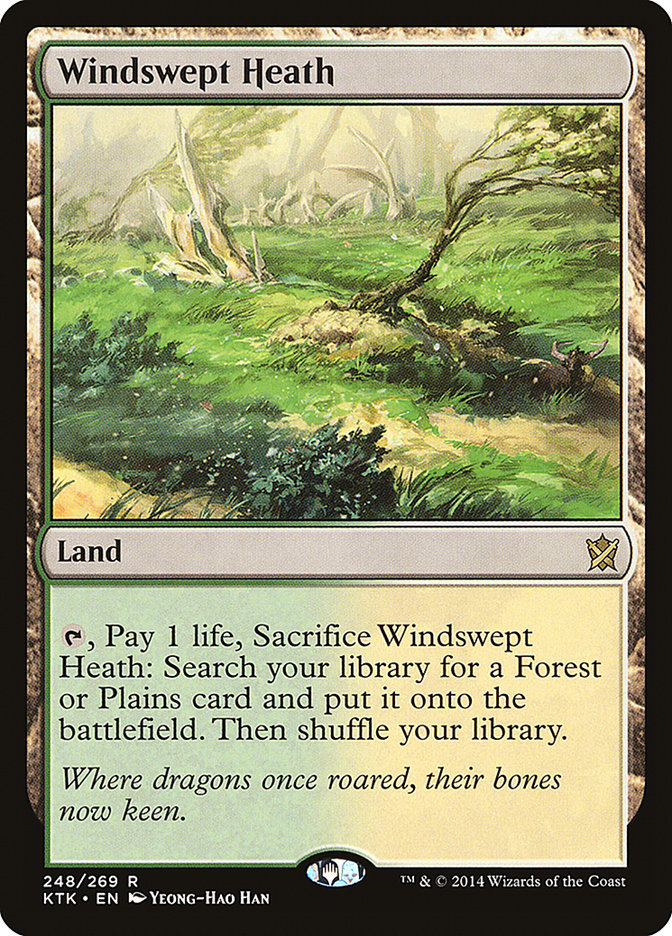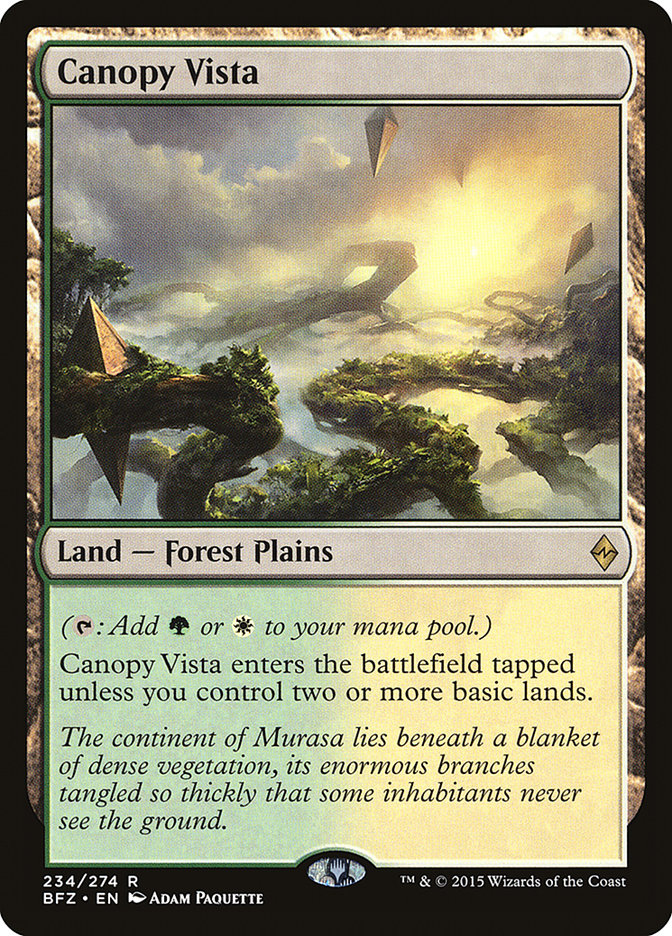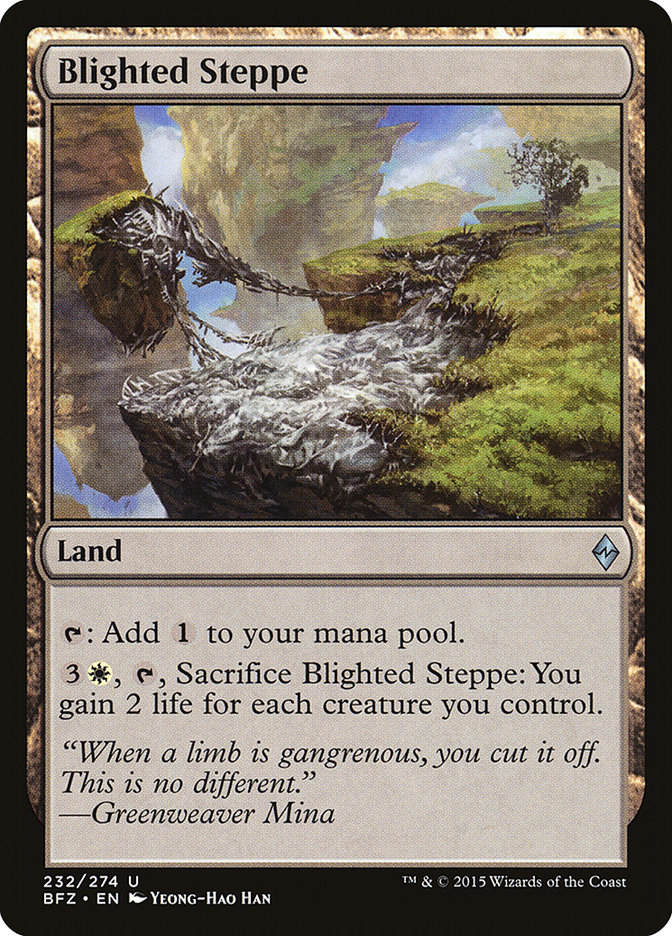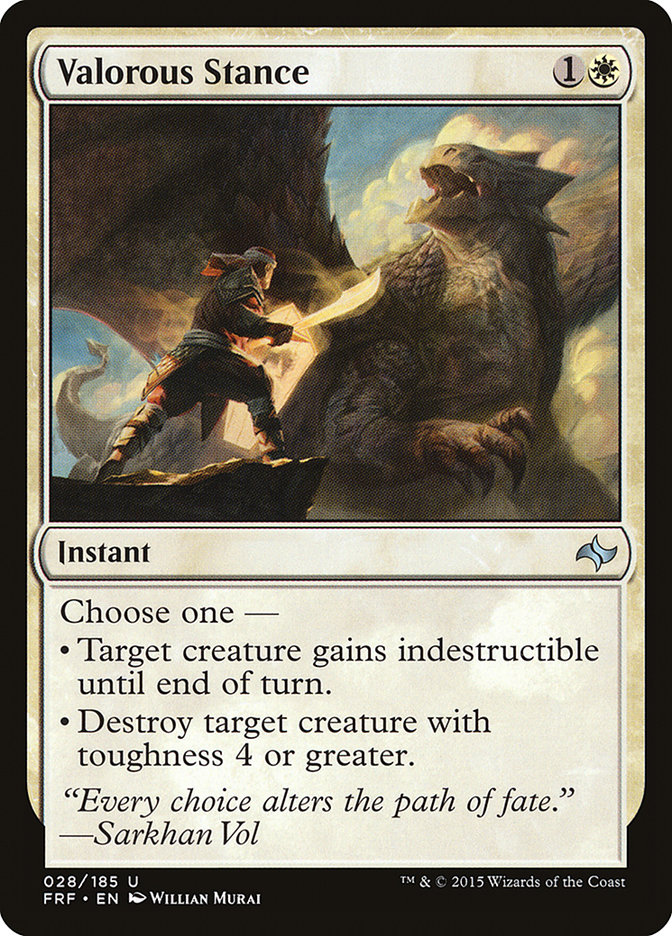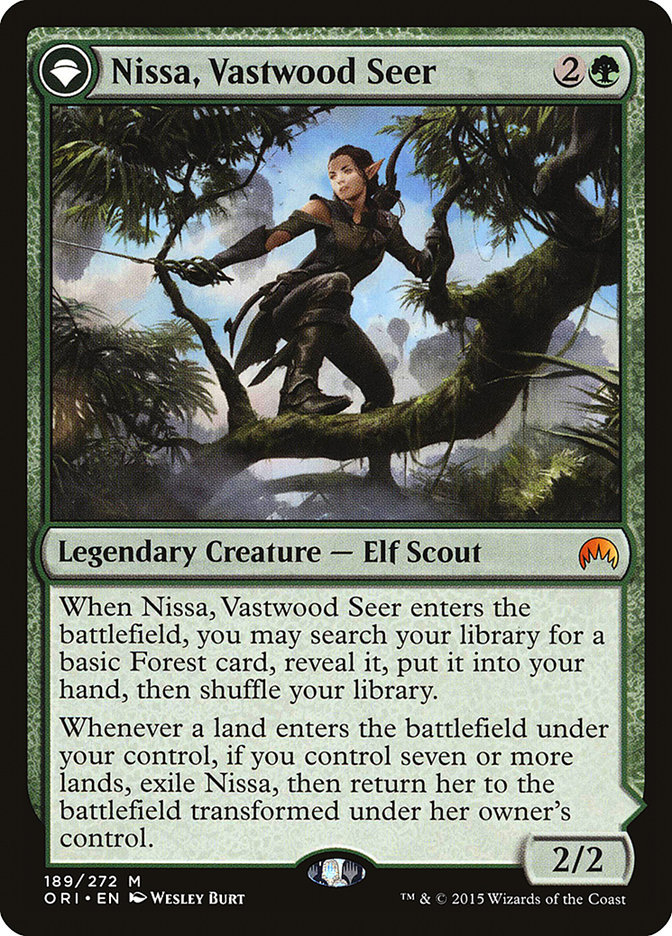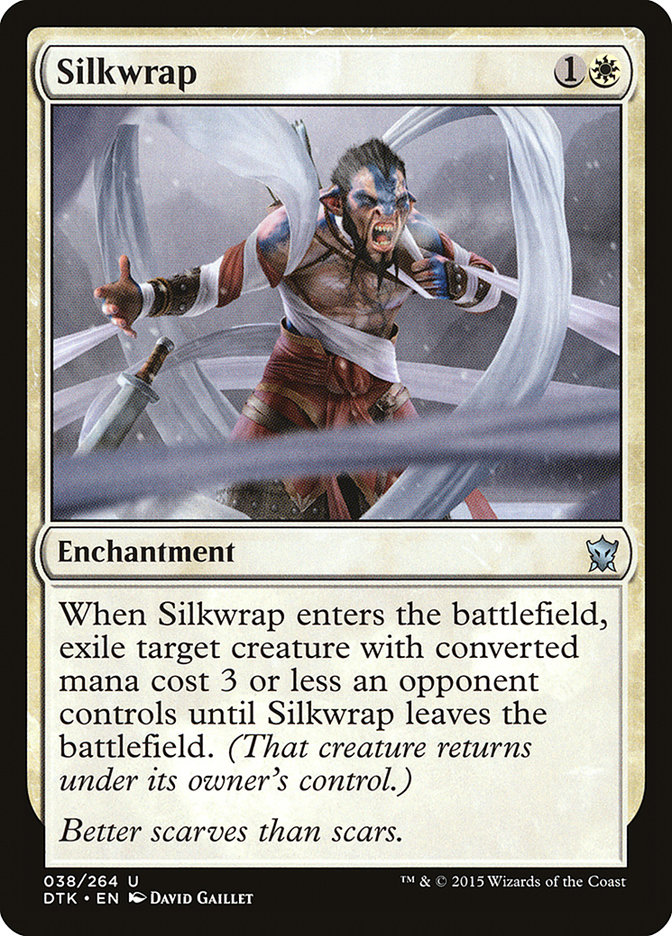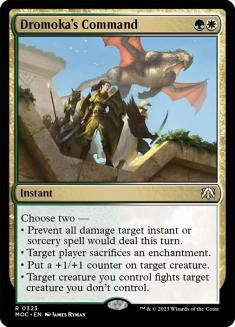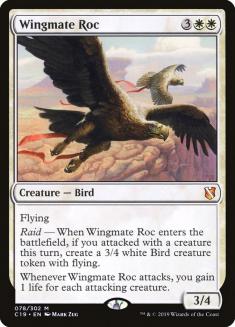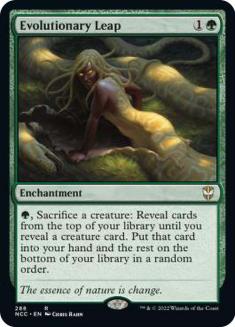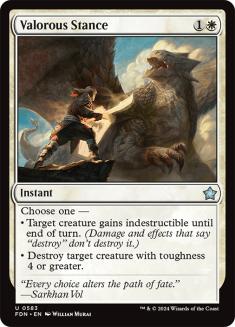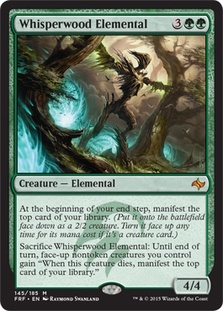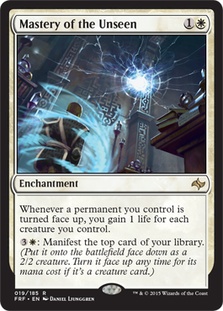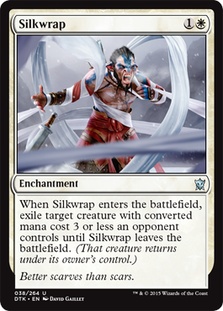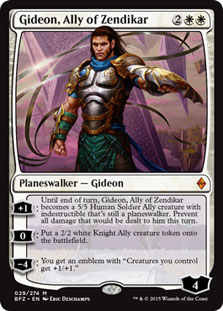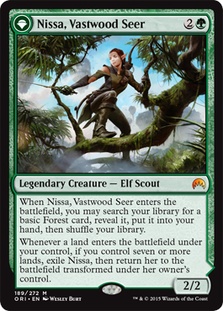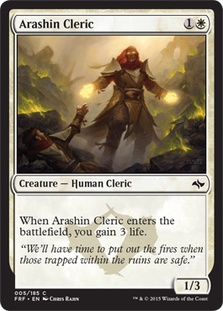The Open Series in Indianapolis this past weekend kicked off the Battle for Zendikar Standard format. Further, this was also the beginning of a
three-week stretch leading into the first Pro Tour of the season in Milwaukee for several members of my team, including the Roanoke squad and Gerry
Thompson. We’ve been hard at work for the last several weeks since the beta went live (which is also just the absolutely best testing tool ever) hungrily
exploring the vast range of possibilities available to players with the debut of Battle lands in Standard.
As I discussed last week, if you can dream it, you can
build it. Many players proved that this past weekend, including Gerry putting his money where his mouth was with an innovative
five-color deck featuring Bring to Light. That being said, this is the first week of a new Standard format, and it features the most difficult-to-build
manabases of all time. While everyone is slowly starting to make good progress towards tuning their four-color decks to be consistent, I just didn’t expect
folks to be up to snuff this week, and this was a major factor in my decision to ultimately play G/W this weekend.
When I showed up in Indy on Friday, Brad Nelson and I were the only ones around at our hotel for several hours, and I spent this time building our team’s
Abzan Aggro deck that the majority of us had settled on for #SCGINDY. However, as soon as I started to play a few test games in real life and get an
eye-full of the seven cards of pure chaos that represented the deck’s fetchlands and mana-sequencing, I knew I was in over my head. While BBD and Brad had
put in some good reps with the deck, I had mostly been their opponent, and I simply didn’t have the experience they did with how to properly get my mana
onto the battlefield.
The very first thing I wrote about this format was how imperative
tempo would be, particularly in the early weeks when decks won’t be as tuned. I had been testing with various G/W shells on Magic Online, moving from
Hardened Scales to being inspired by Brian Kibler’s Pro Tour Magic Origins deck that he played to a 9-1 record. While originally I was more aggressive and
tried to utilize cards like Honored Hierarch and Scythe Leopard as early tools, it didn’t take long to discover that those elements of the deck were rather
poor and conflicted with the powerful midrange Megamorph aspect of the deck that is able to grind so effectively.
I knew from some preliminary testing that the deck was quite good, but I didn’t expect it to be so well-positioned against the sea of Abzan decks that I
would face in Indianapolis. In this case, I was rather fortunate to have gotten the cold feet that I did at the last minute to get off the Abzan Aggro deck
and instead embrace the simplicity of using Canopy Vista as a functional Savannah over the course of the two days. My only real regret of the tournament is
how I let my own deck down in the finals of the tournament with some play that I’m not terribly happy with.
Anyways, here’s the deck I played to a second place finish this past weekend:
Creatures (24)
- 3 Wingmate Roc
- 4 Warden of the First Tree
- 2 Hidden Dragonslayer
- 4 Den Protector
- 4 Deathmist Raptor
- 3 Nissa, Vastwood Seer
- 4 Hangarback Walker
Planeswalkers (4)
Lands (25)
Spells (7)

And here’s the deck tech I did in the sideboard with Nick Miller:
The Mana
One of the single most desirable aspects of G/W Megamorph is how incredible the mana is. With eleven fetchlands and a plethora of basics, it is incredibly
easy to find any combination of Forest and Plains before fetching several Canopy Vistas and having stress-free perfect mana. A few times in the tournament
after mulliganing I found myself keeping hands with two copies of Forest or Plains with basically no fear since there were so many live draws to turn on
the rest of my hand. As I’ve talked about, at the last minute I added a 25th land, a Blighted Steppe, at Gerry’s suggestion. I think it’s fine to either
include it or any other utility land as I believe the chances of it hurting you are quite slim. There were several times that I was able to lock up a game
by directly using it, or the threat of being able to gain 12-14 life at the drop of some mana allowed me to get far more aggressive in some spots than
would normally have been possible.
The number of fetchlands is certainly something I could see changing. Eleven is a lot, and I certainly played several games where I took 4-6 damage off of
my lands in a long contest. Perhaps this is unacceptable, as shaving a fetchland or two would make little impact on the quality of the manabase, and we
have no delve spells to fuel. I’m confident that three Canopy Vista is the correct number. While you are perfectly fine with drawing a single copy in your
opening hand, two is rather poor, and you want access to all three over the course of the game, as it allows you to double-spell with no issues even when
requiring GGG or WWW.
One of the most popular questions I’ve been asked since this weekend is whether there is the ability to splash. Of all the possibilities, blue seems the
most likely, and a manabase similar to this looks acceptable to me without sacrificing the consistency the deck has:
5 Forest
3 Plains
The Spells
The majority of the deck is locked in place. Deathmist Raptor and Den Protector almost felt like a forgotten combination this past weekend. While I can
certainly commiserate and am even guilty of displaying tunnel vision towards cool new things, the fact is that Deathmist Raptor and Den Protector are still
incredible and their past dominance of Standard has been forgotten too quickly.
Nissa, Vastwood Seer simply isn’t getting the respect that it deserves in this new Standard format. She is one of the best tools to both transition to and
play a lategame with a green midrange deck, and since she cannot be removed by Abzan Charm or Valorous Stance, is actually fairly difficult to kill. I
suspect a strong uptick in Jeskai decks, which will certainly make her more vulnerable, but she’s still one of the most powerful elements of this deck.
Speaking of removal and Jeskai, I could certainly see some major changes in our removal suite. Valorous Stance over-performed for me this past weekend due
to the crash of Rhinos that I encountered, but it is entirely possible that the format begins to shift away from Abzan. I wouldn’t be surprised if my three
Valorous Stances quickly started to feel dead in a more developed Battle for Zendikar Standard. Silkwrap, on the other hand, is a card that is
poised for greatness, and was easily one of my best sideboard cards.
Jace, Vryn’s Prodigy, is not only the best (and expensive by multiples) card in Magic Origins, but also rather difficult to deal with for G/W
Megamorph. These successful Jeskai decks are probably not the matchup that we want to face the most, and Silkwrap can help to shore up some of those
weaknesses by being a quick and painless answer to Jace, Mantis Rider, and Soulfire Grand Master. The aforementioned two-drops are even stuck in exile,
unable to be accessed by Ojutai’s Command!
While I’ve talked about and even gotten to play with Gideon, Ally of Zendikar before this weekend, there’s nothing like an actual tournament experience to
give you a real impression of a new card.
Gideon is the real deal. Period.
What surprised me the most about how Gideon played out in many matchups and scenarios is how attractive and powerful his +1 ability is. Almost any time my
opponent was tapped out, I ticked up Freedom and smashed them. In this respect, Gideon actually compares favorably to Dragonlord Ojutai in a strange way.
Whenever my opponent left up mana to answer him with something like an Abzan Charm, I was typically content to merely make a Knight Ally or maybe get
aggressive in a different way with his emblem ability, but if they ever let their shields down, they were threatening to take five damage.
Beating Gideon on the draw or if you don’t make a play until turn 3 is incredibly difficult. Even just something as simple as Deathmist Raptor makes Gideon
safe from non-fliers, and I’ve experienced almost nothing as punishing as Gideon against a stumbling opponent.
You’re going to keep playing against this card, and if folks wise up, there will be four copies in your opponent’s decks.
The Sideboard and Sideboarding
What actually makes splashing attractive to me is how weak my sideboard felt. While cards like Evolutionary Leap and Silkwrap were absolutely incredible 9s
and 10s, I felt like the majority of what else I was working with were 3s and 4s, which is a bad feeling. Frankly, G/W as a color combination just doesn’t
have a lot of awesome tools to work with, and perhaps the ability to splash counterspells or even go down a path towards working with Kiora, Master of the
Depths might be a way to make G/W Megamorph better.
For now, here is a loose guide to how I sideboarded this past weekend. Remember, the details of your opponent’s decks and how they play matters, and
nothing is set in stone.
VS Abzan Control
Out:
In:
Abzan Control decks can look very different, so it’s important to keep in mind whether you saw multiple Languish or more aggressive elements like Anafenza,
the Foremost. Abzan felt like a great matchup over the course of the tournament because Deathmist Raptor allows you to both be a better aggressive deck in
the earlygame and grind them out later. Evolutionary Leap is your ultimate trump, allowing their removal that exiles to never be effective and keep feeding
you more gas. Hangarback Walker in conjunction with the Leap just gets absolutely filthy.
Wingmate Roc is not the best card on the draw, as it is much harder to turn it on in combination with Gideon’s Emblem and is incredibly vulnerable to
Languish without the latter.
While it is certainly easy to get aggressive against Abzan, especially with Warden of the First Tree, if their draws are clunky, it is important to keep in
mind that in certain spots you should probably dial it back and merely start trading, even if they are at a fairly low life. Your Deathmist Raptors can be
recycled, and they will be hard pressed to win a long game should you ever get Evolutionary Leap moving.
VS Esper Dragons
Out:
In:
This is how I sideboarded on the draw in the semi-finals. If you discover your opponent has sideboarded in Jace, or even if you are blind to this fact on
the play, I would put two Dromoka’s Commands back in the deck.
Your position in this matchup is incredibly odd. On the one hand, you’re the aggressor for the majority of the game, but Dragonlord Ojutai is the only real
element of the Dragons deck that can beat you, so if you are able to contain it or constantly keep your opponent on the back foot to where they cannot
attack profitably, you should be able to win a long game with one of your powerful enchantments.
VS Jeskai
Out:
In:
As I talked about earlier, Valorous Stance just stinks against Jeskai and basically hits nothing they play. Silkwrap, on the other hand, is incredible, and
Mastery of the Unseen represents ultimate inevitability that they cannot hope to break through once you’re properly set up. Surviving is completely the
name of the game, and the key to that is not allow a Mantis Rider to hit you three times or for a flipped Jace to quickly bury you.
Ojutai’s Command can be particularly devastating in many scenarios, so it is imperative to try to work around it as much as possible when Jeskai passes
with a lot of open mana. This is a huge draw of Gideon, as you can jam him without much fear, especially in the first game, and even if he immediately eats
a Jeskai Charm, you’ve gained a lot of life and are up a Knight Ally.
Wingmate Roc is likely the best card in your deck here, as it colds their offense, and gives you plenty of power and a life cushion to quickly turn the
corner. Looking for opportune moments to use your Dromoka’s Commands is key, as they have much cheaper removal than most other decks in the format and have
other tricks like Jeskai Charm’s Time Ebb mode to disrupt Command on your larger creatures.
VS Atarka Red
Out:
In:
Clearly there is sufficient evidence that I don’t really know what I’m doing in this matchup, and this sideboarding seems to reflect that. You’ll notice
this is the only time I’m comfortable with the idea of removing my Gideons, but that doesn’t necessarily mean I think it’s correct. That being said, the
idea of spending four mana to make a 2/2 before getting hammered by a Temur Battle Rage doesn’t exactly excite me.
To coincide with this plan, I’m also shaving a Nissa and a five-drop in Wingmate Roc. I just want my deck to be as lean as I possibly can, and although
Wingmate Roc is powerful and even actively good in the matchup, I don’t want to ever run the risk of drawing two, as the first will likely be sufficient
for cementing the game in most scenarios.
I wasn’t sure how to approach this new style of Atarka Red going into the finals, but I would suggest for now that is imperative to trade as aggressively
as possible and force them to have something. Should the game ever drag on for very long, G/W Megamorph should be a heavy favorite.
While my lips are sealed shut from this point forward about Standard until after Pro Tour Battle for Zendikar, it’s safe to say that I will continue to
work on G/W Megamorph. The deck is aggressive, consistent, resilient, and deserves to be in your testing gauntlet for #SCGATL and SCG State Championships.

